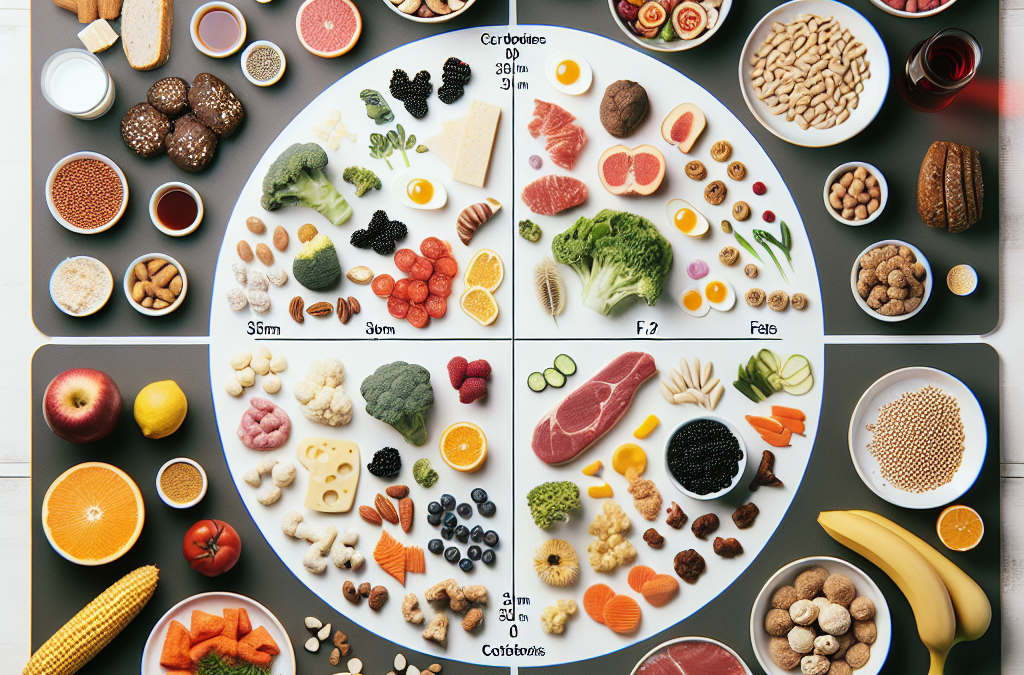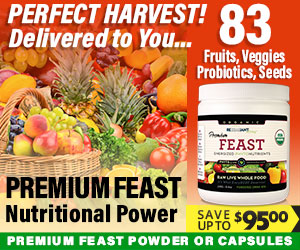The Basics of Food Combining
What is Food Combining?
Food combining is a practice that involves eating certain foods together while avoiding others. The idea is rooted in the belief that our bodies digest different types of food in various ways. Think of it like a dance; some foods work well together, while others just clash and make digestion a bit messy.
I remember the first time this concept hit me. I had always just piled my plate sky-high without a second thought. Learning about food combining brought a new perspective. It’s not just about what you eat; it’s about how you eat it. This was a game-changer for me.
Essentially, food combining can help enhance digestion, improve energy levels, and increase nutrient absorption. By considering how foods interact, we can optimize our meals for better health. Pretty neat, huh?
Why Does It Matter?
Understanding food combining matters because poor digestion can lead to various health issues. Bloating, gas, and even fatigue can often be linked back to what we eat and how we combine foods. I used to experience all of these symptoms until I started to pay attention.
Not only does food combining help with digestion, but it can also be a way to encourage better eating habits overall. When you start thinking about your food choices, it often leads to more mindful eating, which is incredibly beneficial for our overall well-being.
Plus, it’s a fantastic conversation starter! When friends or family see you being intentional with your meals, they often become curious and ask questions. This gives you a chance to share your insights and experiences.
Common Misconceptions
There are many misconceptions around food combining. One of the biggest is that it has to be complicated. Trust me, it doesn’t. While it may sound intricate at first, it’s really all about listening to your body and not overcomplicating things.
Another misconception is that food combining is a diet. It’s not about cutting foods out but rather about strategic pairing. For instance, did you know that consuming protein with starches can hinder digestion? This was something I learned through trial and error.
Lastly, some people believe that the rules are rigid. I can tell you from my experience, it’s much more flexible. Everyone’s digestive system is different, and it’s crucial to find what works best for you personally!
Types of Foods to Combine
Fruits and Vegetables
Combining fruits and veggies is usually a winner. Fresh, raw vegetables pair beautifully with fruits. They complement each other’s nutrient profiles, enhancing digestion and providing a ton of vitamins and minerals.
However, some fruits digest more quickly than others, so it’s a good idea to pay attention to how your body feels after eating. I’ve had great success combining leafy greens with citrus fruits. It’s not only tasty but also an energy booster!
Remember that when it comes to pairing, colors matter. The more colorful your plate, the more variety of nutrients you’ll get. So go ahead and mix it up!
Proteins and Carbs
When it comes to proteins and carbohydrates, there’s a bit of a balancing act involved. Eating protein with carbs can slow down digestion, making it tougher for your body to break everything down smoothly. I learned this the hard way after enjoying pasta with chicken!
Instead, I’ve found it helpful to have proteins with non-starchy veggies or have carbs with veggies as a side. This has enhanced my digestion and left me feeling more vibrant and energized after meals.
However, it’s essential to listen to your body. Some people find mixed meals straightforward, while others might experience discomfort. Finding what combination works best is key.
Dairy and Other Foods
Dairy can be a tricky one to navigate. In my experience, mixing dairy with highly acidic foods isn’t the best idea. For example, having yogurt with citrus fruits often results in an upset tummy.
On the flip side, combining dairy with something neutral, like oats or grains, tends to work wonderfully for most people. I’ve enjoyed Greek yogurt with my morning oats and fresh berries with great results. It’s filling and satisfying!
As with everything, it’s about experimentation. Keeping a food diary can help identify what your body enjoys or doesn’t. Who knew food could be this much fun to explore, right?
The Role of Timing
Understanding Meal Structure
One crucial aspect of food combining I stumbled upon is timing. It’s not just about what you eat, but also when you eat it. I realized that spacing out my meals, allowing my body to digest fully, can greatly impact how I feel throughout the day.
For instance, I started practicing intermittent fasting and found that I digested my meals much better when I gave my body a break between eating times. It’s an enlightening experience to feel the difference in energy levels!
Finding a meal structure that works for you is essential, whether it’s three meals a day or smaller, more frequent snacks. Experimenting is the name of the game!
Get Certified Organic Whole Food Nutrition – Nutrient Dense Supplement
Timing with Combinations
When combining foods, the timing can change the digestion process as well. For instance, eating fruits on an empty stomach can aid digestion better than when paired with heavier foods. I learned this the hard way by indulging in a heavy brunch and feeling sluggish afterward.
Optimal food combining may lead to less bloating and discomfort, which can result from mixing heavy foods too close together. Personally, I love keeping my breakfast light and digestible to kickstart my day!
Again, keeping your own rhythm in mind is key. What works for someone else may not work for you. Trusting your body’s signals will always be the best guide.
Resting After Meals
After I began focusing on how I combine my foods, I also paid attention to what I did post-meal. Taking a few minutes to relax after eating instead of diving into the next activity has made a world of difference.
Whether it’s sitting down with a book, going for a short walk, or just enjoying some quiet time, this intentional break has helped my body process food better. I feel lighter and more energized after meals nowadays.
Just be mindful that everyone’s post-meal ritual is different. Finding what helps you feel at ease after eating can enhance your overall digestive experience and make meal times much more enjoyable.
Listening to Your Body
The Importance of Intuition
Over time, I learned that listening to my body is the best principle of all. No food combining guideline can replace your own intuition about what works for you. I often remind myself to tune in and observe how I feel after meals.
Are you more energetic when you eat certain combinations? Do you feel sluggish or bloated with others? These signals are invaluable. Keeping track of your reactions can guide you in your food choices.
Your body is the best teacher. It’ll tell you what it needs and what isn’t working. Trusting that inner voice is not only empowering but can lead you to fostering a more positive relationship with food.
Experimentation is Key
As I mentioned earlier, experimenting has become one of my favorite parts of this journey. Trying out different combinations, adjusting portion sizes, and even changing the timing of meals can lead to surprising and delightful results.
If you feel drawn to a particular combination, go for it! It might just surprise you and become your new favorite thing. Each person’s digestive system is unique, so keep what works and discard what doesn’t.
Sharing these experiences with friends has also created a nice little community of trial and error. It’s fun bouncing ideas off each other, sharing tips, and celebrating those wins, no matter how small.
Modifying as Needed
Lastly, it’s crucial to remain flexible and modify your food combinations based on your circumstances. For example, when I travel, the usual food rules get a little hazy, and that’s okay! The focus is on nourishment, not perfection.
Seasons, lifestyle changes, or even stress levels might require you to adjust your food perspective. I love keeping that adaptability front and center—it’s all part of the process!
At the end of the day, the goal is to feel good in your body. So, whatever it looks like for you, embrace that and enjoy the journey of finding your way around food combining.
Frequently Asked Questions
What is food combining, and why should I care?
Food combining is about eating certain foods together for better digestion. It can help enhance energy levels and nutrient absorption, making you feel more vibrant and healthy.
Is food combining the same as dieting?
Nope! Food combining isn’t a diet; it’s more about how you pair foods for optimal digestion. You don’t have to cut out entire food groups—just be strategic with your combinations!
Can I still enjoy my favorite dishes with food combining principles?
Absolutely! It’s all about finding new ways to enjoy your favorites without compromising your digestion. You might even discover new combinations that surprise you!
What if I have food allergies?
Food allergies definitely take precedence. Always prioritize your health and comfort. Modify food combining practices based on your individual needs and avoid any allergenic foods entirely.
How can I learn more about food combining?
Diving into books or articles on food combining can be enlightening! Sharing your experiences with others can also provide insight. Just remember, it’s all about what feels good for you!




